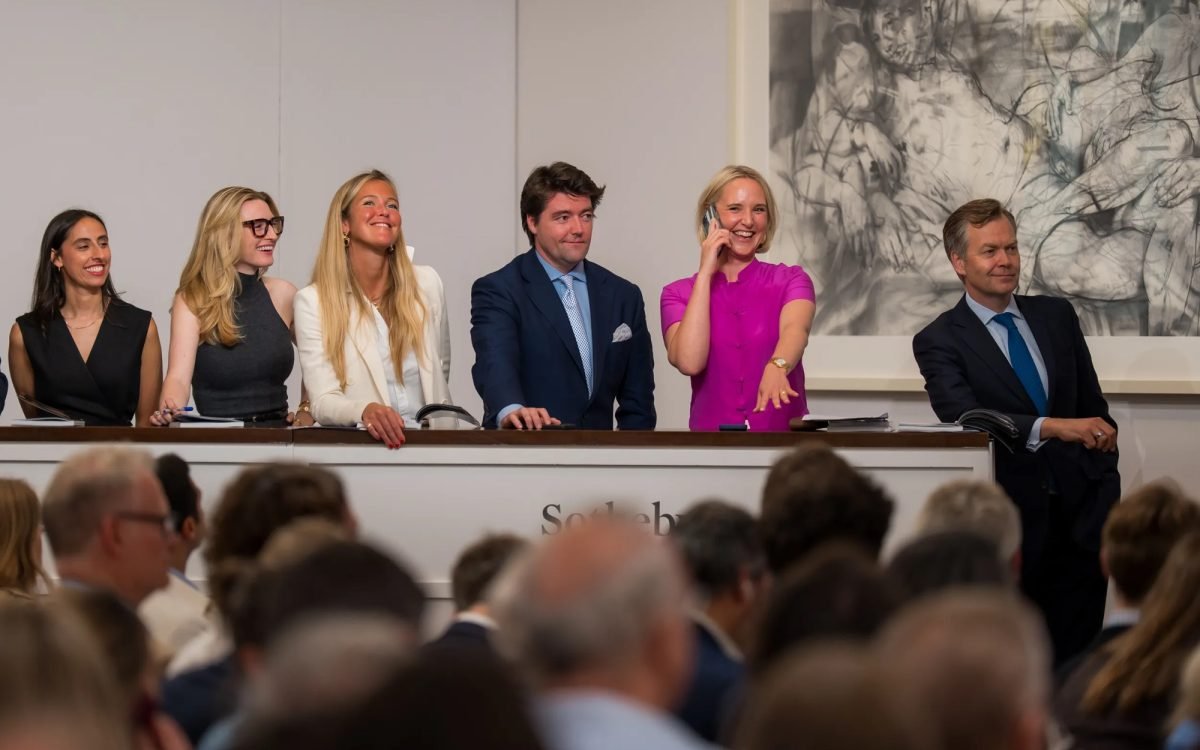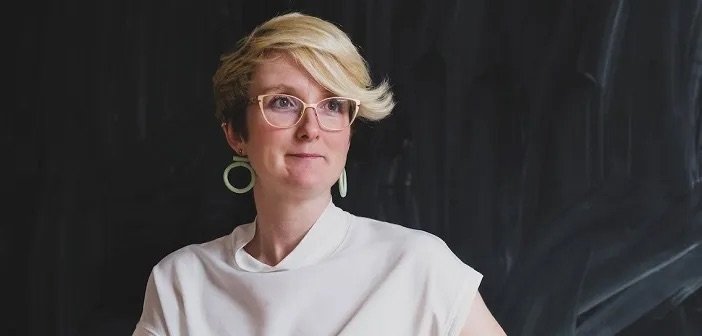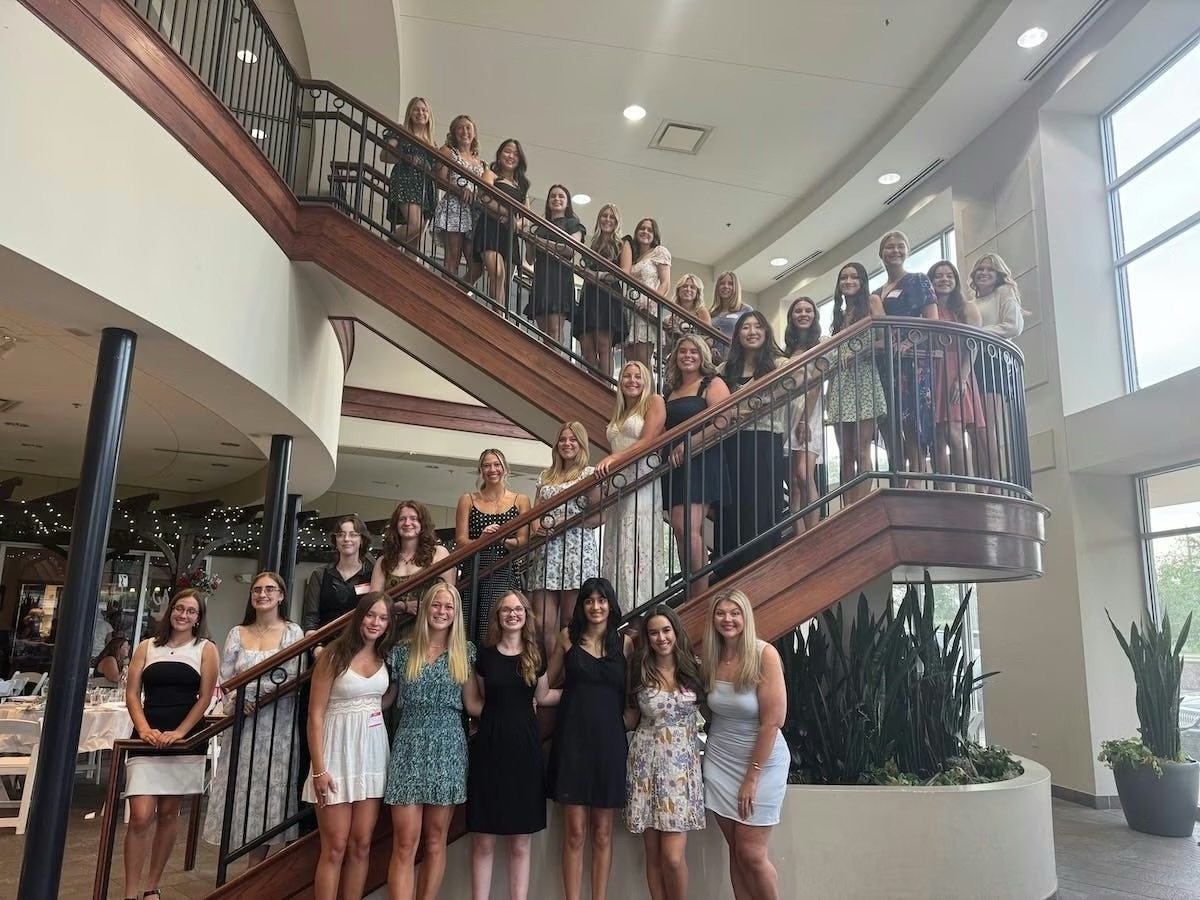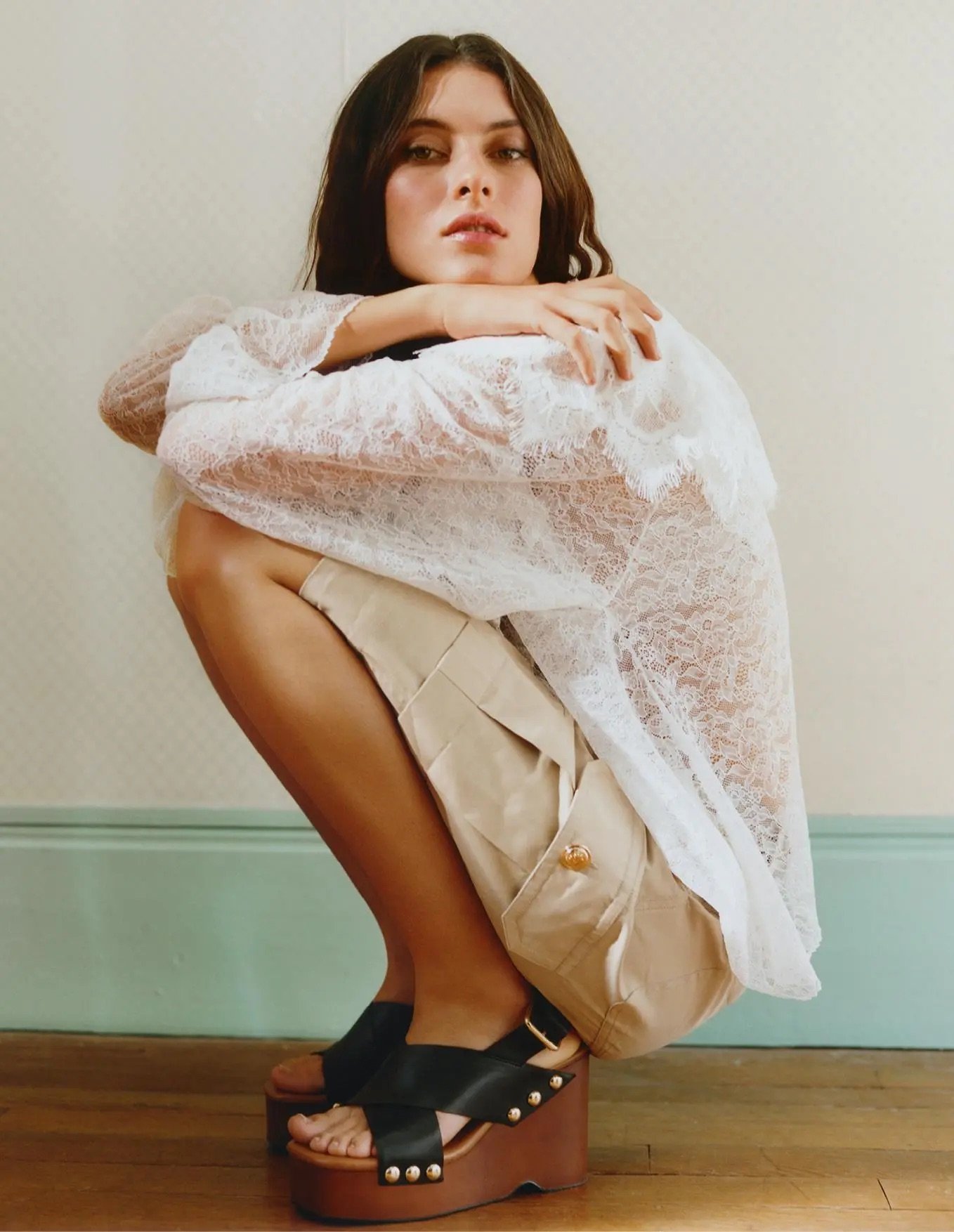In a season shadowed by uncertainty and cautious optimism, Sotheby’s modern and contemporary evening sale in London delivered what many in the art world might call a subtle triumph. There were no dramatic fireworks or headline-grabbing sales to break records, but the evening managed to steady the ship in what’s widely considered a “sticky” art market. With £62.5 million ($84 million) in total sales, Sotheby’s decision to hold onto its summer slot—especially after Christie’s retreated from its own evening sale in June last year—seems to have paid off.
Here’s a look at what the night revealed about the state of the global art market, the power of private buyers, and the continued rise of women artists.
A Market in Transition: Expectations Tempered, Results Solid
Heading into the sale, expectations were measured. The atmosphere was cautious, shaped by a broader context of declining auction house activity. Christie’s had pulled out of June evening auctions entirely, citing a softened market following Basel and disappointing marquee sales in New York. Even Sotheby’s own June 2023 result—where Jean-Michel Basquiat’s Portrait of the Artist as a Young Derelict sold for $20.2 million (just over its low estimate)—lingered as a reminder of how market demand can underwhelm.
Yet, despite the hesitation, Sotheby’s 48-lot sale landed within estimate, with an 83% sell-through rate by lot. That figure, while down 19% in value from last year’s equivalent sale (£77 million in 2023), still demonstrated strength and stability amid market flux.
Private Buyers Take the Lead (Quietly)
One of the clearest trends of the evening was the increased dominance of private collectors operating away from the spotlight. As Marion Maneker of Puck recently reported, major works—like a rumored $100 million Basquiat—are changing hands quietly, outside auction rooms. These subterranean deals are becoming the norm when top-tier lots aren’t guaranteed to spark competitive bidding on the floor.
Former Christie’s global president Jussi Pylkkänen, now running his own advisory firm, explained it simply: “When the auction market is quiet, particularly at the top end, major artworks are traded privately.” Sotheby’s acknowledged this reality as well, but made the case that their summer auction still held relevance and visibility—especially for mid- to high-level collectors looking for curated, story-driven buying opportunities.
Women Artists Lead in Value Despite Fewer Lots
One of the evening’s most notable achievements was the standout performance of women artists, who made up only 13.5% of the total lots but accounted for 30% of total sale value.
Tamara de Lempicka’s La Belle Rafaëla (1927) sold for £7.4 million, topping the evening. Jenny Saville’s Juncture (1994) sold for £5.4 million, while her later work Mirror (2011-12) fetched £2.1 million. Agnes Martin’s Untitled I (1982) achieved just over £1 million. Marlow Moss reached a new auction record with White, Black, Blue, and Red (1944), which sold for £609,600.
This shift, while still small in number, is meaningful in the broader context of gender equity in the art world—a market long dominated by male-centric narratives and sales records.
The Highlights: Basquiat, Picasso, and Emerging Stars
Among the five works that crossed the £5 million mark:
Jean-Michel Basquiat’s Untitled (Indian Head) (1981) sold for £5.4 million, following a tense and animated bidding war. It may not have hit its £6 million high estimate, but the energy in the room confirmed the piece’s magnetism. “It encompasses all of Basquiat’s brilliance—it is bold, raw, and unmistakably his,” said Tom Eddison, Sotheby’s co-head of contemporary art. Pablo Picasso’s Nu assis dans un fauteuil (1964–65) fetched £7.1 million, slightly below its £9 million high estimate, but still solid. Elizabeth Peyton’s Liam + Noel (Gallagher) (1996) sold right on its high estimate at £2 million.
Other early bright spots included:
Yu Nishimura’s through the snow (2023), which tripled its high estimate to sell for £230,000, indicating intense collector interest in the young Japanese painter. Joseph Yaeger’s Loyalty to the nightmare chosen (2022) went for £80,000, exceeding its high estimate by £20,000.
The Lichtenstein Effect: Legacy and Market Demand
A standout collection came courtesy of Dorothy Lichtenstein, widow of Pop Art icon Roy Lichtenstein. Six works from their personal collection sold for nearly £6 million, following a successful $62.8 million “white glove” sale in New York last month.
“These works from Dorothy and Roy’s treasured personal collection wowed collectors in London just as they did in New York,” said Antonia Gardener, head of evening sales at Sotheby’s.
International Bidders and Missing Seats
While the sale had strong global participation—Sotheby’s reported “good phone bidding from America and Asia”—the in-person atmosphere felt lighter than usual. Several empty seats in the back of the room signaled the absence of traveling collectors, especially from the U.S. and Asia, a trend also observed at Art Basel earlier this month.
Still, Helena Newman, Sotheby’s chairman of Europe, remained upbeat. “There was something on offer for a broad range of tastes, and obviously we saw women artists perform very well,” she said.
A Quiet, Confident Win
At the end of the evening, Sotheby’s walked away with £62.5 million ($84 million)—a result that might not grab headlines but certainly commands respect in a lukewarm market. It reinforced the value of curated, mid-cycle sales and demonstrated that London still holds a relevant place on the global art calendar, even if the crowds have thinned post-Basel.
As Thomas Boyd-Bowman, head of evening sales, noted, “Private sales under the surface tend to fill the gaps… We’re seeing them at every price level, not just the top end.”
In the absence of dramatic highs or new auction records, Sotheby’s managed to tell a quieter, more compelling story—one of resilience, adaptability, and a subtle but unmistakable return to form.
Verdict:
No fireworks. No frenzy. But in today’s art market, a stable £62.5 million speaks volumes. For collectors, Sotheby’s London may have been the antidote to post-Basel blues—and a reminder that the art world, while slower, is still very much alive.






